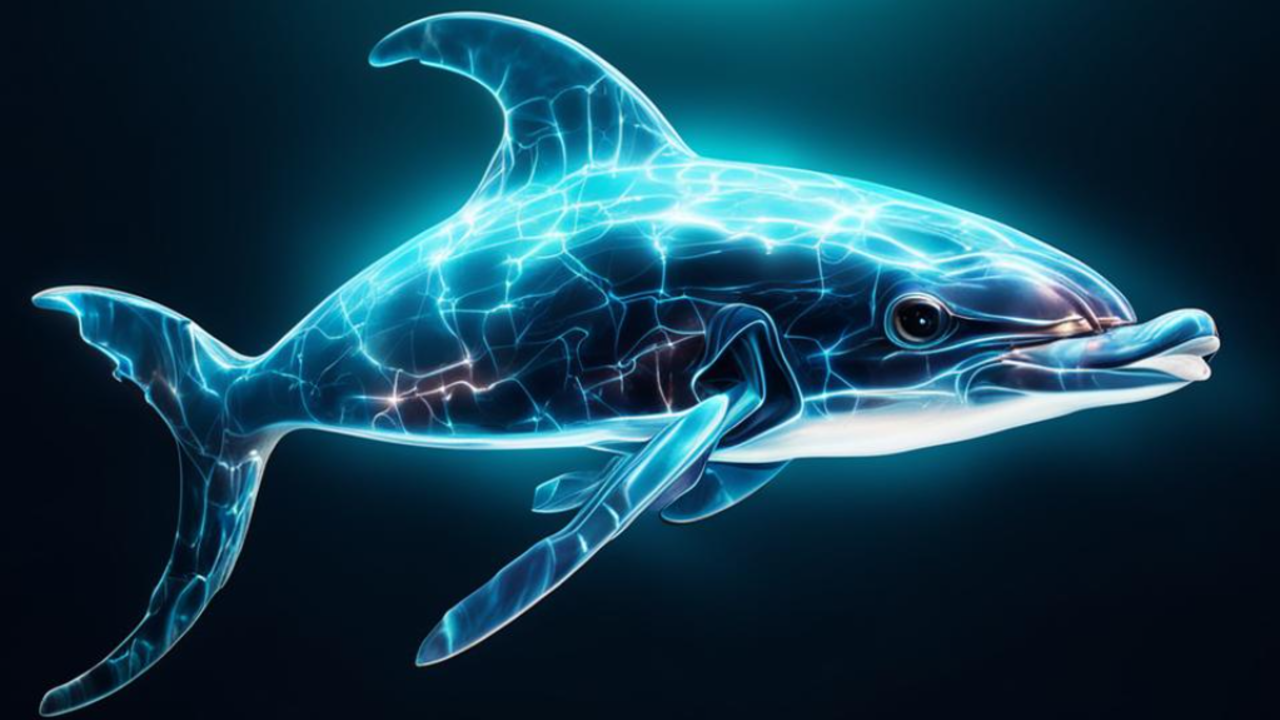News
AI Decodes Dolphin Language
Russian scientists from MIPT and the Institute of Oceanology RAS developed a neural network that recognizes dolphin tonal signals in underwater recordings. This simplifies monitoring and studying population behavior. Source: DVFU, rtraveler.ru, Ferra.
Neural Network for Dolphin Whistle Analysis
A neural network developed by Russian scientists analyzes dolphin whistles, helping to assess their behavior and population size with high accuracy. Source: Ferra.
Dolphins Sense Electric Fields
German researchers discovered that dolphins use pores on their snouts to detect electric fields, which improves their hunting abilities. Source: Futuro Prossimo.
Cameras on Dolphins: An Insider's View
The U.S. Navy installed cameras on dolphins, obtaining unique video footage of their hunting and interaction with the environment. Source: FOCUS.
Music as a Communication Tool with Dolphins
Dolphins respond to high-frequency music, opening up new methods of interspecies communication. Source: Hightech.
Genetic Modification to Protect Dolphins
British scientists applied CRISPR-Cas9 to enhance the resilience of endangered dolphin species. Source: Gaya One News.
Acoustic Technologies for Communication
DVFU developed acoustic systems for effective communication between trainers and dolphins using sensors and sound generators. Source: DVFU.
Smart Nets to Protect Dolphins
The DolphinFree project uses acoustic beacons on fishing nets to warn dolphins of danger. Source: euronews.
Key Takeaways
AI Decodes Dolphin Language
Russian scientists from MIPT and the Institute of Oceanology RAS developed a neural network that recognizes dolphin tonal signals in underwater recordings. This simplifies monitoring and studying population behavior. Source: DVFU, rtraveler.ru, Ferra.
Neural Network for Dolphin Whistle Analysis
A neural network developed by Russian scientists analyzes dolphin whistles, helping to assess their behavior and population size with high accuracy. Source: Ferra.
Dolphins Sense Electric Fields
German researchers discovered that dolphins use pores on their snouts to detect electric fields, which improves their hunting abilities. Source: Futuro Prossimo.
Cameras on Dolphins: An Insider's View
The U.S. Navy installed cameras on dolphins, obtaining unique video footage of their hunting and interaction with the environment. Source: FOCUS.
Music as a Communication Tool with Dolphins
Dolphins respond to high-frequency music, opening up new methods of interspecies communication. Source: Hightech.
Genetic Modification to Protect Dolphins
British scientists applied CRISPR-Cas9 to enhance the resilience of endangered dolphin species. Source: Gaya One News.
Acoustic Technologies for Communication
DVFU developed acoustic systems for effective communication between trainers and dolphins using sensors and sound generators. Source: DVFU.
Smart Nets to Protect Dolphins
The DolphinFree project uses acoustic beacons on fishing nets to warn dolphins of danger. Source: euronews.
Key Takeaways
- Artificial intelligence and neural networks simplify the analysis of dolphin signals, helping to study their behavior and population size.
- New discoveries in dolphin sensory abilities (detection of electric fields, response to music) expand our knowledge of their nature.
- Genetic and acoustic technologies open up prospects for dolphin conservation and communication.
- Innovations such as cameras and smart nets contribute to the protection and more thorough study of marine mammals.
